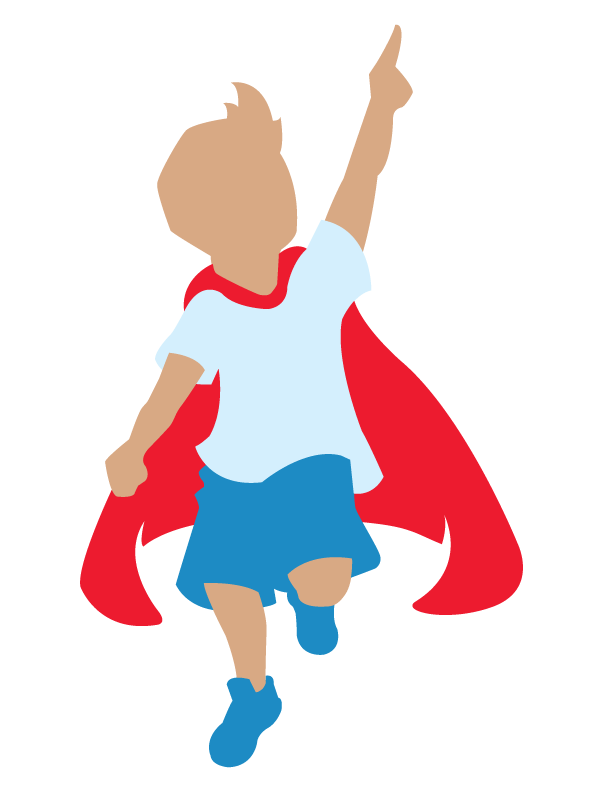Anxiety in Children
Fall is a season of fresh starts, especially for kids.They come inside from a summer of freedom, put their feet in new shoes, reconnect with their friends, and look forward to a new school year. It’s exciting and it’s nerve-wracking. However, when the turn of the season happens to be in the midst of a pandemic, an important social justice movement, and a heated election season, it’s easy for a mix of excitement and nervousness to tumble into full-blown anxiety.
We’re all a little worried; it’s probably the most normal thing about this moment in history. However, when worries start to steal our joy and dictate our day, it’s time to take another look. Just like anxiety shows up differently in adults, it can manifest differently for kids. Sometimes anxiety manifests very physically in children; disrupting their sleep, diminishing their appetite, or causing unexplained stomach aches. Other children respond to their anxiety up in their brains, which can look like overwhelming negativity, a lack of focus, or hyper focus on specific things. Some childrens’ anxiety gets expressed in their behavior, making them more defiant or agitated than usual. If your child is displaying some of these signs, overwhelm and anxiety could be the root of it.
It’s a hard time to be a kid, but kids can do hard things. Giving your kids tools to work with their anxiety while they’re young, will help them keep moving forward in an uncertain world. Whether your child displays anxiety through their body, brain, or behavior, you are their best ally.
Practice Body Scans
This is a pretty common meditation practice that will get anxious kids to connect with their body, helps them relax, and lets them feel in control of noticing if anything isn’t feeling right.
Start with 3 big, deep breaths
With their eyes closed (if possible) have them focus on different areas of their body from their head all the way to their toes, flexing and releasing each muscle group
Prompt them to notice out loud what they feel
Name it to tame it
Let your kid name all of the things they are anxious about. Better yet, write it down and put it in a jar. Once it is out of their head and onto a piece of paper, worries seem a bit more manageable. You can help them tackle the problems they can solve, and save the big ones contained in the jar for another day.
Connection without Interrogation
When we notice our kids are anxious, our natural response is to try and connect with them. Often, adults try to connect with children by asking them questions. “How was your day?” “What did you learn at school?” “Were people nice to you?” “Who’s your favorite superhero?” When asked a question by an adult, children’s automatic response is to search for the “right” answer. A question meant to prompt introspection becomes a test that children want to pass. While our intention is to connect with kids and help them to express themselves, too many questions are causing more anxiety.
Instead, try starting conversations with comments, rather than statements. “You seem excited today.” “I remember you were worried about your spelling test, I was thinking of you while you took it today.” “I see you’re playing with Black Panther, he is my favorite superhero.” Engaging with kids without peppering them with questions is a lot harder than you might think. Try keeping track of how many questions you are asking, and have grace with yourself.

